Archives
- 2018-07
- 2019-04
- 2019-05
- 2019-06
- 2019-07
- 2019-08
- 2019-09
- 2019-10
- 2019-11
- 2019-12
- 2020-01
- 2020-02
- 2020-03
- 2020-04
- 2020-05
- 2020-06
- 2020-07
- 2020-08
- 2020-09
- 2020-10
- 2020-11
- 2020-12
- 2021-01
- 2021-02
- 2021-03
- 2021-04
- 2021-05
- 2021-06
- 2021-07
- 2021-08
- 2021-09
- 2021-10
- 2021-11
- 2021-12
- 2022-01
- 2022-02
- 2022-03
- 2022-04
- 2022-05
- 2022-06
- 2022-07
- 2022-08
- 2022-09
- 2022-10
- 2022-11
- 2022-12
- 2023-01
- 2023-02
- 2023-03
- 2023-04
- 2023-05
- 2023-06
- 2023-08
- 2023-09
- 2023-10
- 2023-11
- 2023-12
- 2024-01
- 2024-02
- 2024-03
- 2024-04
- 2024-05
- 2024-06
- 2024-07
- 2024-08
- 2024-09
- 2024-10
- 2024-11
- 2024-12
- 2025-01
- 2025-02
- 2025-03
-
The present work shows that normal climatic conditions
2020-10-20
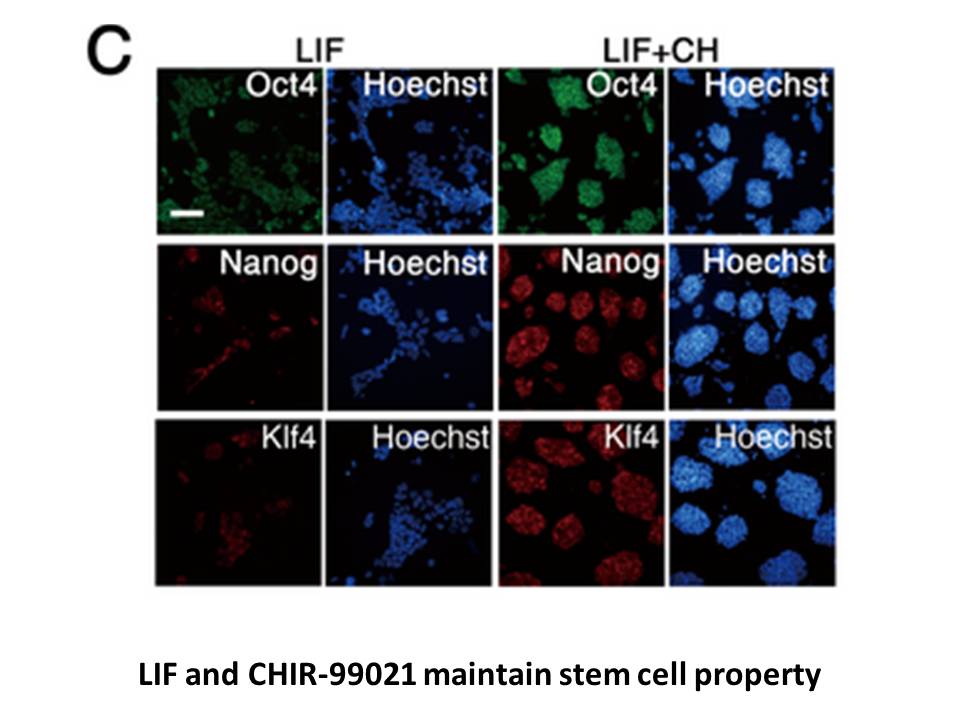
The present work shows that normal climatic conditions are not critical for the long time survival of DNA in untreated blood stains. This information may be useful for laboratories who wish to store reference blood samples in a simple way, while saving the costs of commercial substrates that are tre
-
br Anti inflammatory effects of MTX In addition to cytotoxic
2020-10-20
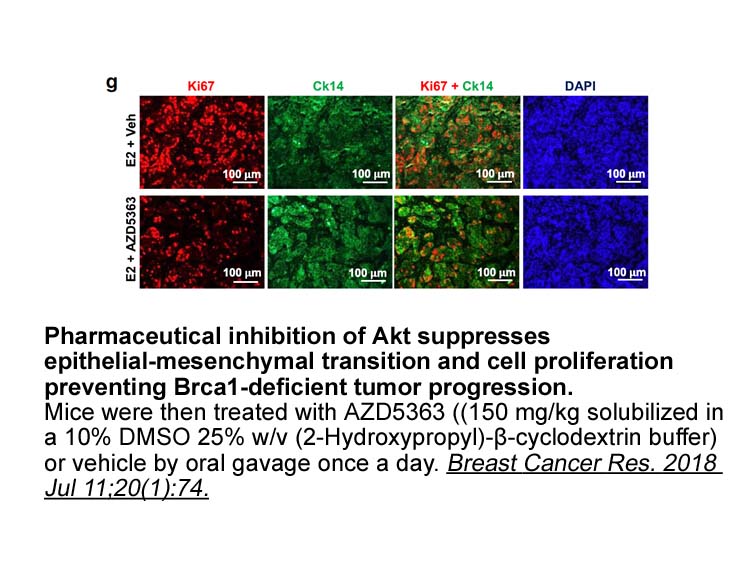
Anti-inflammatory effects of MTX In addition to cytotoxic and cytostatic effects, the anti-inflammatory activity of MTX was also described by several studies. Inhibition of ATIC by MTX has been found to result in the accumulation of 5-aminoimidazole-4-carboxamide-1-β-d-ribofuranosyl 5′-monophosph
-
R co localizes Golgi marker GM
2020-10-20
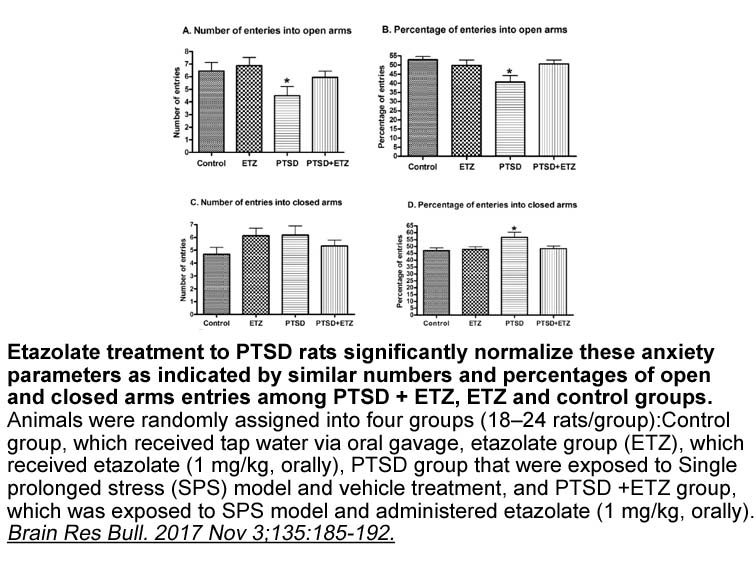
R co-localizes Golgi marker GM130 (Fig. 5). Our metabolic pulse-chase studies carried out in the presence of CSF-1 exposed the newly synthesized CSF-1R to its ligand, which promoted its rapid degradation. While this was clearly seen in control BMDMs, the mature band of CSF-1R remained intact for th
-
br Acknowledgements The study was supported
2020-10-20
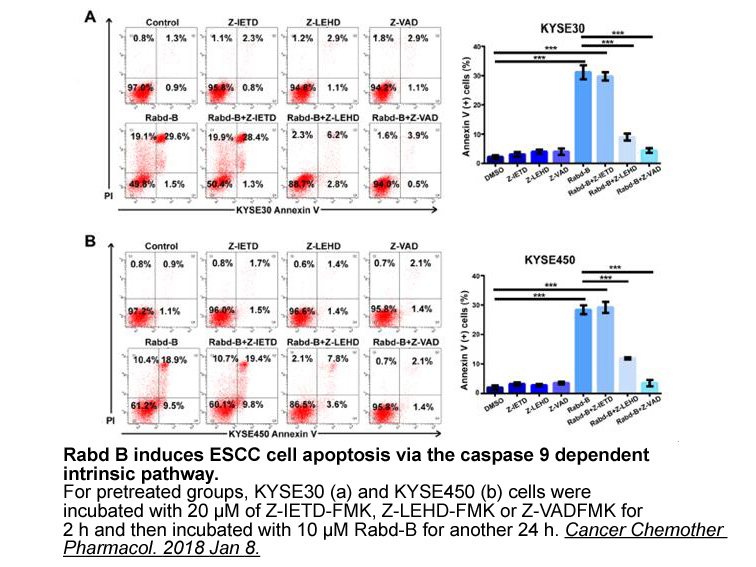
Acknowledgements The study was supported by grant no. 501-003-11043 from the Institute of Psychiatry and Neurology in Warsaw. The authors thank Mrs. Ala Biegaj for the excellent technical assistance. Introduction In an effort to identify hIFN receptor molecules encoded by a gene(s) within hum
-
Deacetylase Inhibitor Cocktail synthesis br Conflict of inte
2020-10-20
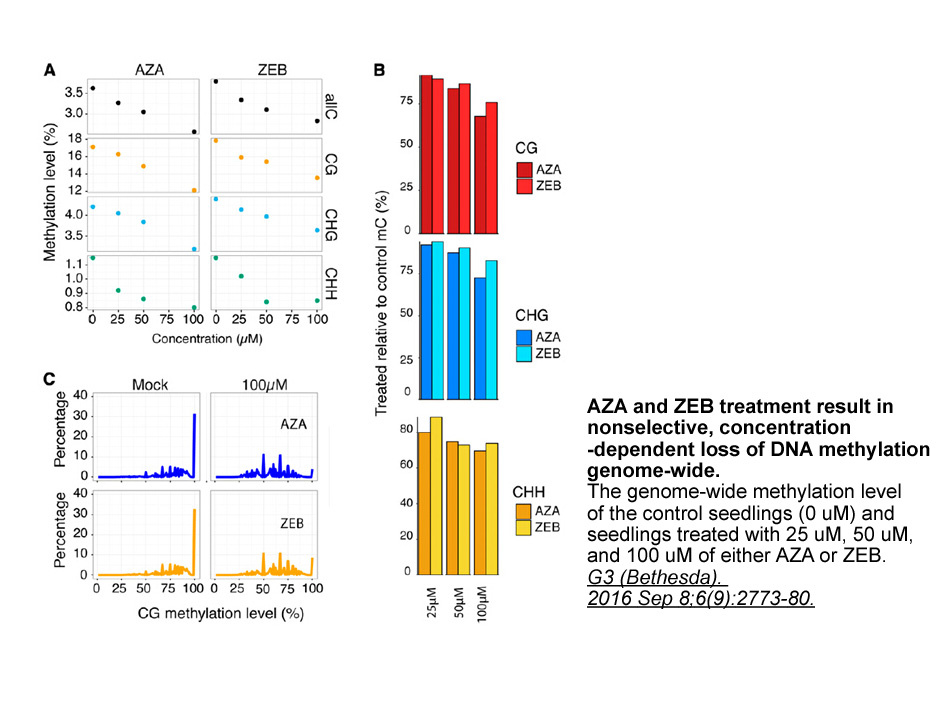
Conflict of interest Acknowledgements This work was partially supported by University of Cagliari. Introduction Organophosphorous pesticides (OPs) are wildly used in the world due to high efficiency, broad spectrum and low residue, which in turn results in environmental pollution and adver
-
br Results br Discussion The nitric
2020-10-20
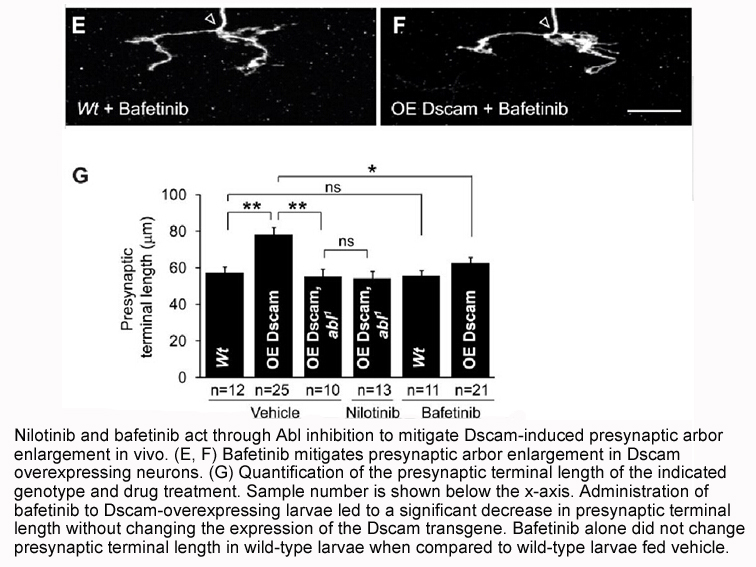
Results Discussion The nitric oxide-cyclic guanosine monophosphate pathway plays an important role in normal EF, and oral PDE-5Is were developed in the late 90s after the discovery that ED occurs when there is a problem with this pathway. Since then, several PDF-5Is with different pharmacokine
-
Multiple protein species are known to naturally exist
2020-10-20
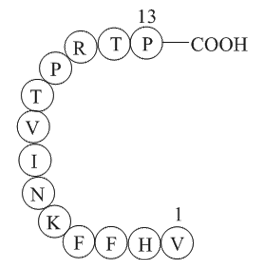
Multiple protein species are known to naturally exist for the transmembrane receptors DDR1 and DDR2. Five splice variants have been characterized for DDR1 (“a” through “e”). The d and e isoforms lack the intracellular kinase domain of DDR1. The splicing of DDR1 to various extents has been reported i
-
The human serotonin hydroxytryptamine HT
2020-10-20

The human serotonin (5-hydroxytryptamine; 5-HT) receptor family consists of 14 receptor subtypes to date, which are primarily G protein-coupled receptors (GPCRs) with 5-HT3 being the sole ligand-gated ion channel (Alexander et al., 2017). These receptors are widely distributed in the central and per
-
Several research groups have disclosed potent
2020-10-20
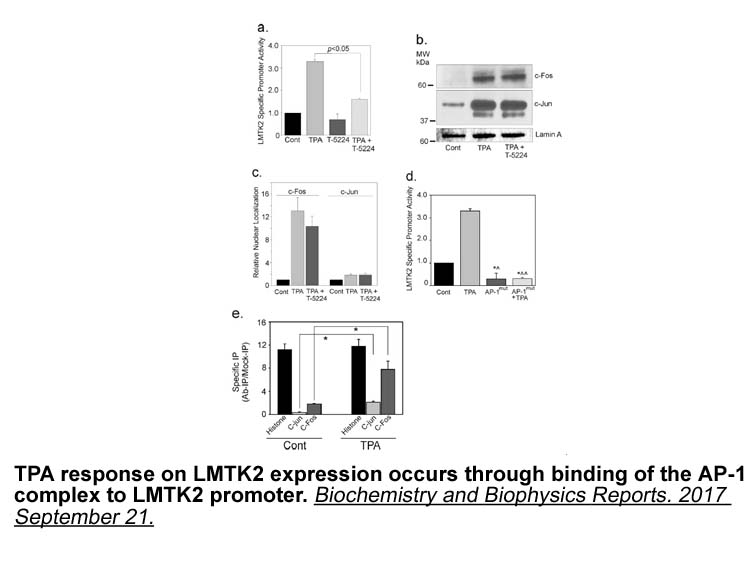
Several research groups have disclosed potent and selective DGAT-1 inhibitors from several chemically-distinct series. Pre-clinical studies with these compounds have confirmed that small molecule DGAT-1 inhibitors can elicit metabolic outcomes comparable to those observed in DGAT-1−/− mice.19, 20, 2
-
SB 415286 mg On close inspection the pattern shows large are
2020-10-19
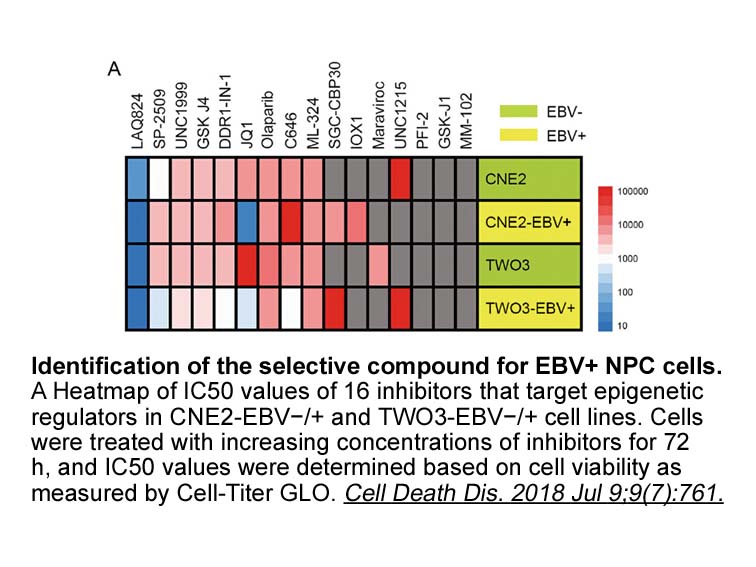
On close inspection, the pattern shows large areas of very low point intensity where hardly any trees can be found. Anecdotal knowledge reveals that these regions are covered by a swamp, where the tree species is known to be very unlikely to grow, independent of local soil covariates and topography.
-
It has been observed in our
2020-10-19

It has been observed in our results that patients carrying risk allele “a” are at the greater risk of developing psoriasis. Same results have been presented by Coto-Segura et al., 2011, in a study conducted on Spanish population where they reported association of VNTR polymorphism among the patients
-
DDR although normally expressed in cells with
2020-10-19
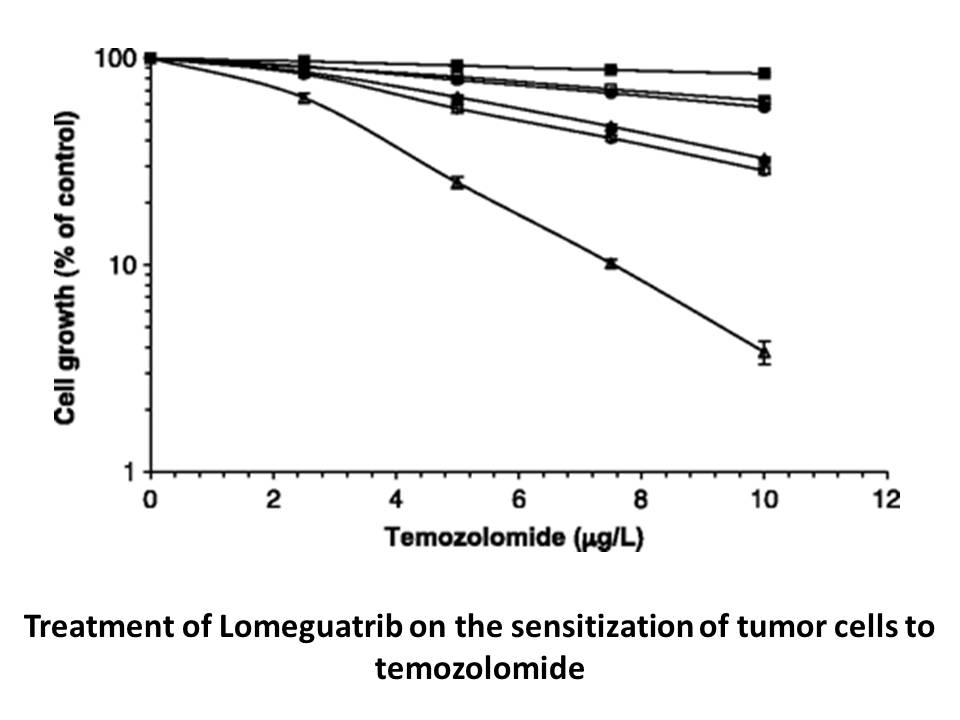
DDR2, although normally expressed in Anidulafungin with mesenchymal features, has also been reported to enhance EMT. In A549 lung cancer cells, TGFβ1 increases the expression of type I collagen and DDR2. Knocking-down COL1A1 or DDR2 with siRNA is sufficient to inhibit EMT and cell migration induced
-
Similarly in the EAE model Chalmin et al previously
2020-10-19
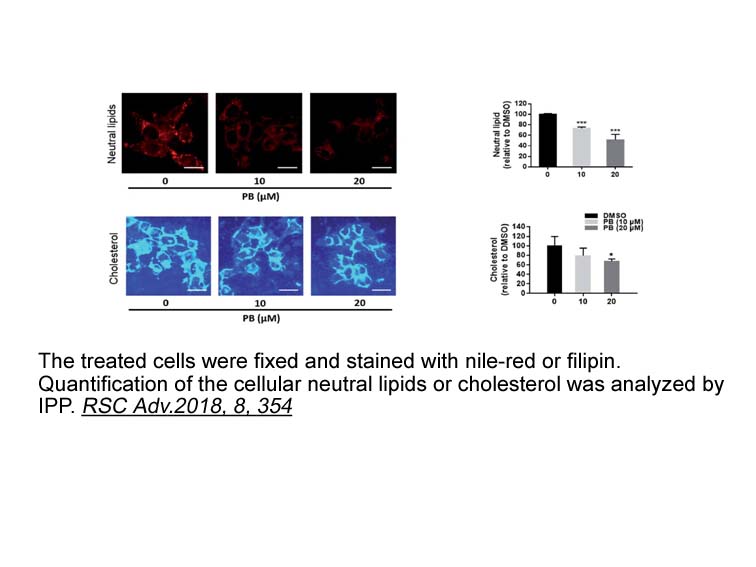
Similarly in the EAE model, Chalmin et al. previously demonstrated that EBI2 and CH25H might be responsible for the efficient egress of differentiated Th17 cells from the draining lymph nodes [31]. As discussed above, in active EAE we did not find differences in EAE development and only the transfer
-
CSN was initially identified based on
2020-10-19
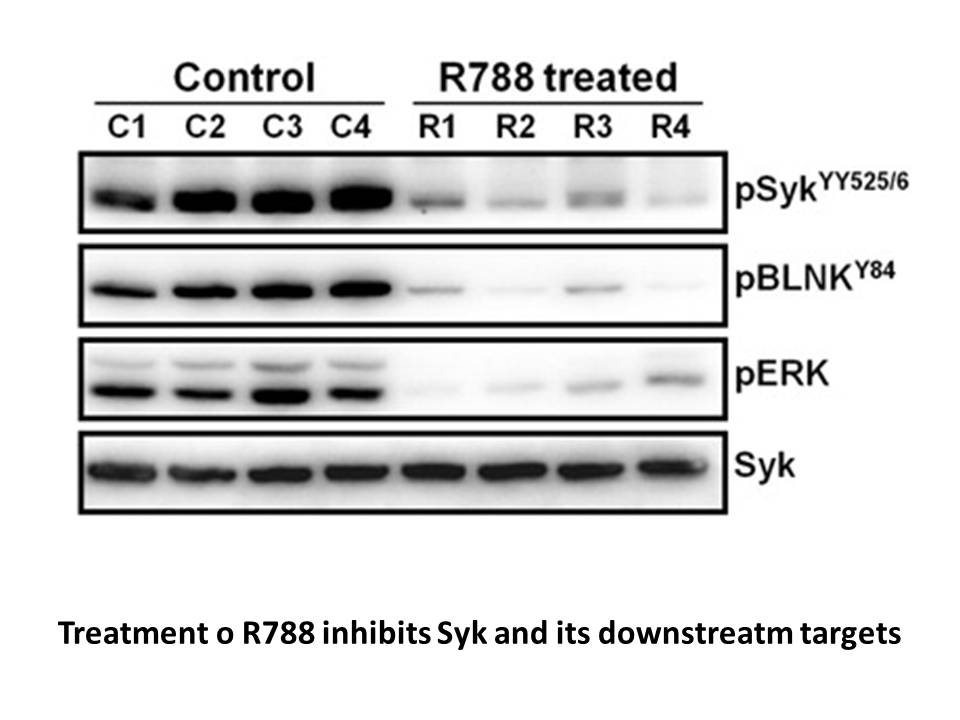
CSN was initially identified based on the constitutitvely photormophogenic (cop) mutants from Arabidopsis thaliana [48]. csn mutants are Cullin deneddylation-deficient, consequently accumulate neddylated Cullins, and arrest growth shortly after germination [49, 50, 51]. Weak csn mutants have defects
-
br Ubiquitination and deubiquitination pathways Ubiquitinati
2020-10-19
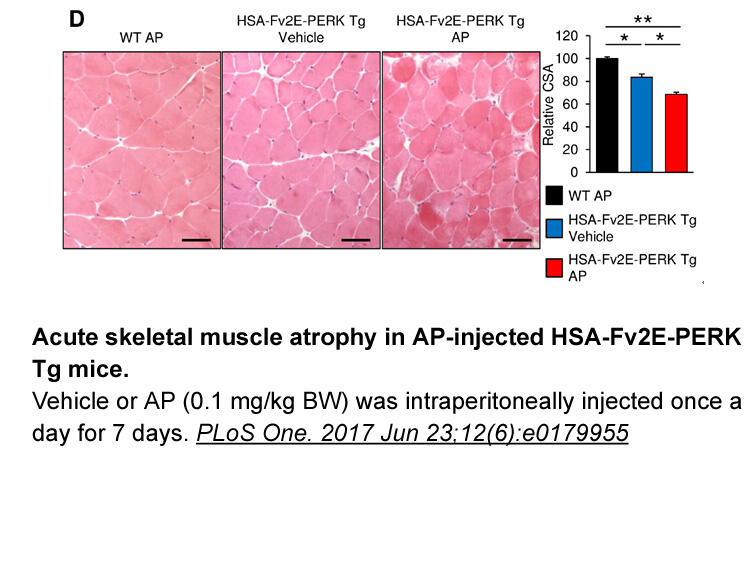
Ubiquitination and deubiquitination pathways Ubiquitination is a part of the post-translational modification (PTM) process. Ubiquitination affects proteins in various ways, but its main functions are to signal protein degradation via the 26S proteasome, modify cellular location of proteins, affec
15548 records 761/1037 page Previous Next First page 上5页 761762763764765 下5页 Last page